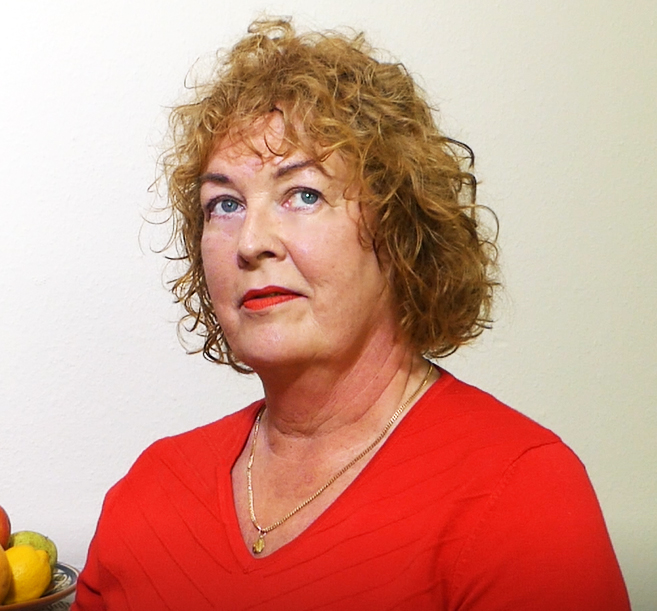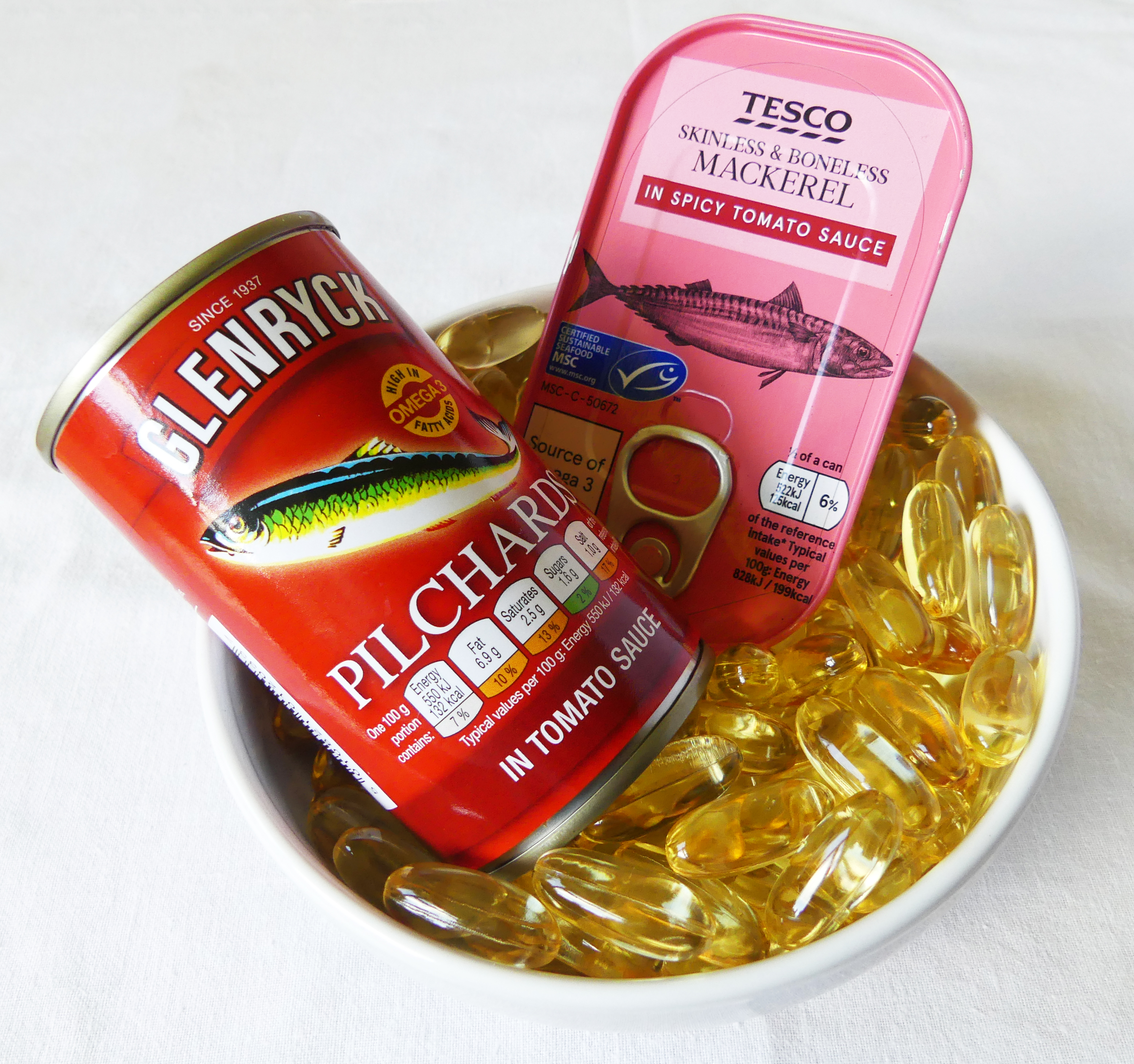Omega-3 and omega-6 in the balance
20-Feb-2020
Our diets often contain too much omega-6 fatty acids. Judy Bentley, a qualified nutritionist, talks about getting the right balance between omega-3 and omega-6.
First, eliminate the use of liquid oils containing the omega-6 fatty acids: corn, sunflower, safflower, walnut and soya oils and ones labelled 'vegetable oil'. Soya oil has also been linked with an increased risk of diabetes and obesity.
Limit your consumption of manufactured, take-away and fast foods because these are likely to use the omega-6 cooking oils for cheapness.
Enjoy natural foods containing omega-6 poly-unsaturated fatty acid (PUFA): walnuts, pumpkin seeds, sunflower seeds, corn and tofu are good sources. Small amounts are found in many seeds, nuts and vegetables.
Choose grass-fed, organic or local-farmed meat. Avoid corn-fed chicken and choose organic, if possible.
Increase consumption of the natural pre-formed EPA and DHA (two types of omega-3 fatty acids) from oily fish. Three or more 100g portions of oily fish a week provide the required 0.65g per day. Look for fish that carry the Marine Stewardship Council (MSC) logo. Choose Atlantic salmon over farmed salmon; the latter is causing environmental damage. Buy local fish when possible.
The highest levels of omega-3 are found in sardines, herring, salmon and mackerel. They are also in tuna, but limit to once or twice a week. Trout, oysters and mussels are also good sources. Cod and haddock contain about a seventh of the omega-3 of wild herring. Even though they are not the richest source, they are health enhancing. For example, white-fish protein can help you to maintain lower levels of body fat.

Eggs can be bought enriched with omega-3. Most organic eggs are a good source too.
The omega-3 alpha linolenic acid (ALA) may be converted into EPA and DHA in the body. It is beneficial in its own right too. It's high in green vegetables, chia seeds, spirulina and tofu. The best source is flax.
Ground flax seeds and oil have a significant effect in reducing blood pressure. A 2017 study found that long-term use of whole flaxseed in doses of up to 30g per day had positive effects on body composition. I buy organic seeds and oil from The Flax Farm (flaxfarm.co.uk). The oil is pressed and bottled quickly and then has a short shelf life. Keep them in the refrigerator. Unlike refined oils it can become rancid because it is essentially a fresh food.
Unfortunately, many people lack the enzymes needed to convert ALA to EPA and DHA efficiently. Men and menopausal women do not convert as well as pre-menopausal women. Oestrogen increases EPA and DHA in the blood. This is one reason why HRT is an anti-depressant.
Taking an EPA / DHA supplement may be a good idea, especially for those not eating oily fish.
To increase absorption of omega PUFA
PUFAs are of great benefit, however they need cofactors (such as vitamins and minerals) to be utilised in body processes. Eating a wide range of nutrient-dense foods can supply these. Generally, organic foods have higher levels of nutrients than non-organic.
Some seed oils are damaged by heat and turned into toxic substances. When you cook, use olive, avocado or rapeseed oil for light frying. A small amount of coconut oil or butter is an alternative. They are saturated fats, but contain beneficial chemicals. Do not toast seeds.
Cooking without oil lowers the intake of omega-6 PUFA. Steaming and stewing are also healthier than cooking with direct heat. Antioxidant-rich vegetables can be added such as tomatoes, onions, garlic, sweet potato, leek, basil, carrot, red pepper, chilli, lemon, rosemary, olives and olive oil. Diets following Mediterranean principles are being found to be the most effective for promoting health, longevity and wellbeing. Serve with leafy greens that contain folate. The cabbage family contains sulphoraphane which enhances healthy liver detoxification.
Buying a supplement
Generally, supplements sold as cod-liver oil will not be suitable.
An unregulated fish oil supplement industry is reducing endangered fish such as menhaden and sharks. I recommend buying supplements from a reputable nutrition company such as Nature's Best fish oil which carries a Friends of the Sea certificate. I do not recommend krill oil. Krill is a food for marine animals including whales and penguins. Intensive fishing in krill-rich seas poses a serious threat to the Antarctic ecosystem.
There are vegan supplements of algal EPA and DHA. These are not causing environmental problems. Cytoplan sells a good version.
Omega PUFA supplements are best absorbed with meals and in divided doses.
How much fish oil should we take?
One review by Tufts Medical Centre concluded that intakes up to 200mg day of EPA and DHA are associated with reduced risk of cardiac, cardiovascular or sudden cardiac death, but that higher intakes do not reduce the risk further. Start with 200mg and assess how you feel after a few weeks.
In the study in the Menopause Journal (2011), women took 2g of EPA and DHA daily. Up to 3g a day is considered safe.
The EU Food Safety Authority 2009 guidelines say, "People with coronary heart disease take 1g per day of EPA and DHA to lower cholesterol. If you are on medication, 2g to 4g a day, but only under the supervision of your Doctor."
Anyone with reduced immune function, on anticoagulants such as warfarin, or with epilepsy may find fish oil helpful, but seek the advice of your Doctor first.
For more information, please visit www.judebentley.com

